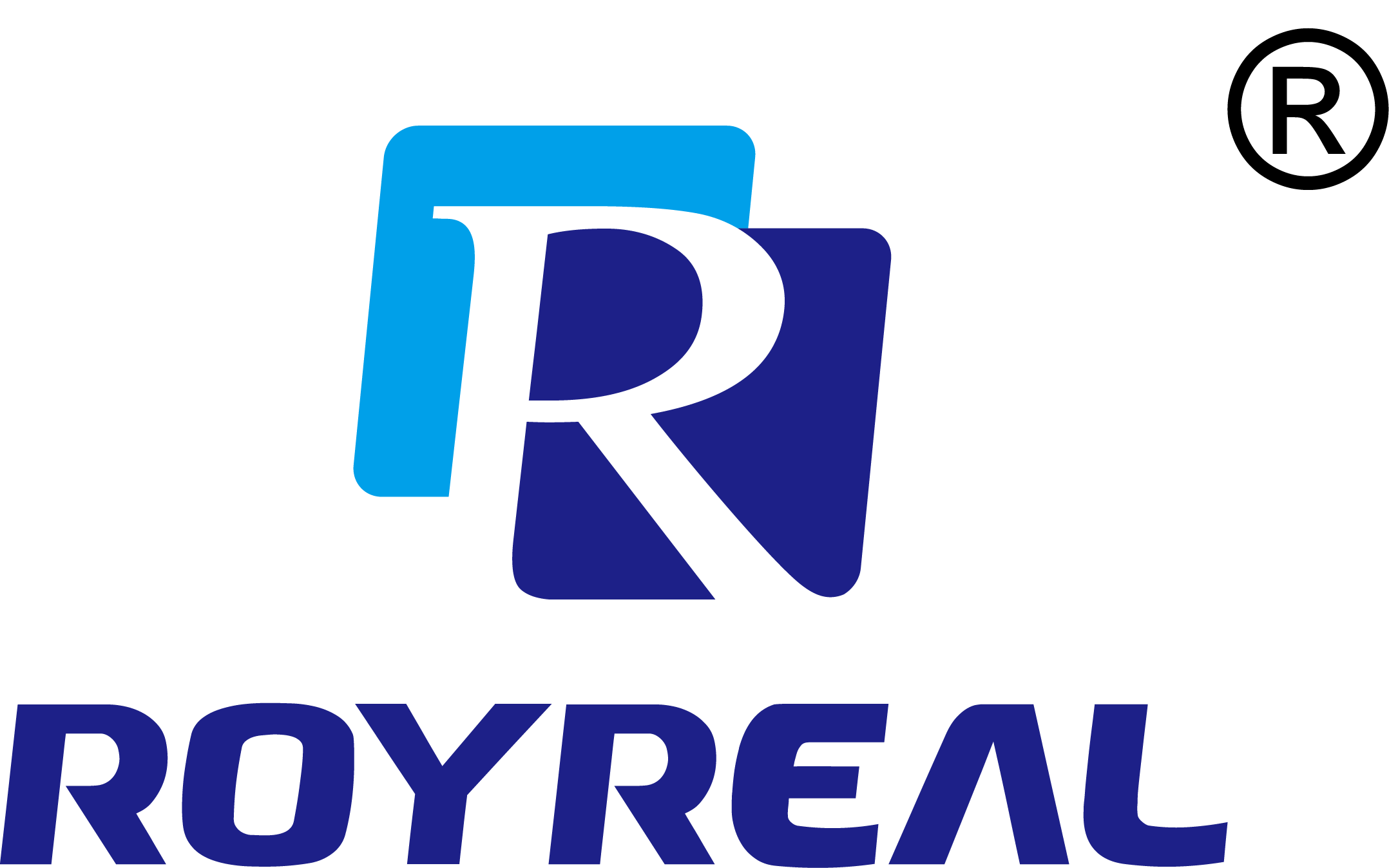The Role of Wet Gas Meters in Well Testing and Production Optimization
Category: Industry News
Time:2024-12-09
Introduction:
Wet gas meters are vital tools in the oil and gas industry as they play a crucial role in accurately measuring the flow rates of wet gas. With their ability to handle complex mixtures of gas and liquid, wet gas meters provide invaluable data for well testing and production optimization. In this comprehensive article, we will explore the importance of wet gas meters in these processes and how they contribute to the overall efficiency and profitability of oil and gas operations.
Table of Contents:
1. Understanding Wet Gas Meters
2. The Significance of Wet Gas Measurement in Well Testing
3. Key Features and Benefits of Wet Gas Meters
4. Wet Gas Metering Techniques for Production Optimization
5. Wet Gas Meter Installation and Maintenance Best Practices
6. Frequently Asked Questions (FAQs)
7. Conclusion
1. Understanding Wet Gas Meters
Wet gas meters are specifically designed to handle the complex nature of wet gas flow. Unlike traditional gas meters, wet gas meters are equipped with advanced technology that allows them to accurately measure the gas phase as well as the liquid phase of the flow. This is achieved through the use of specialized sensors and algorithms that can distinguish between gas and liquid components.
2. The Significance of Wet Gas Measurement in Well Testing
Well testing is a critical process in the oil and gas industry that involves evaluating the performance and productivity of a well. Accurate measurement of wet gas flow rates during well testing is essential for assessing reservoir properties, optimizing production rates, and determining the potential of the well. Wet gas meters provide real-time data on gas and liquid rates, enabling engineers to make informed decisions regarding production optimization strategies.
3. Key Features and Benefits of Wet Gas Meters
- Accurate Measurement: Wet gas meters offer high accuracy in measuring both gas and liquid flow rates, providing reliable data for well testing and production optimization.
- Multiphase Capability: The ability to handle multiphase flow allows wet gas meters to accurately measure the complex mixtures of gas, oil, and water typically encountered in well testing and production processes.
- Real-time Data: Wet gas meters provide real-time data, allowing engineers to monitor and analyze flow rates continuously. This enables prompt adjustments to optimize production and minimize potential issues.
- Increased Efficiency: By accurately measuring wet gas flow, operators can identify inefficiencies and bottlenecks in the production process. This leads to better resource allocation and improved overall operational efficiency.
4. Wet Gas Metering Techniques for Production Optimization
To enhance production optimization, wet gas meters can be used in various metering techniques, such as:
- Choke Valve Monitoring: By monitoring the pressure drop across a choke valve, wet gas meters can determine the gas and liquid flow rates accurately. This information helps operators optimize the choke valve settings for maximum production efficiency.
- Multiphase Flow Modeling: Wet gas meters provide essential data for multiphase flow modeling, which enables engineers to simulate and analyze various production scenarios. This helps in identifying the most effective production strategies.
- Well Performance Evaluation: Wet gas meters play a crucial role in evaluating well performance by measuring various parameters such as wellhead pressure, temperature, and flow rates. These measurements aid in assessing reservoir behavior and optimizing production rates.
5. Wet Gas Meter Installation and Maintenance Best Practices
Proper installation and regular maintenance of wet gas meters are vital to ensure accurate and reliable measurements. Some best practices include:
- Correct Placement: Wet gas meters should be installed in locations that provide representative samples of the flow, away from potential obstructions or disturbances.
- Calibration: Regular calibration of wet gas meters is crucial for maintaining accuracy. Calibration should be done by certified professionals following industry standards.
- Routine Inspection: Regular inspection and maintenance checks are essential to identify any issues or potential problems with the wet gas meter. This helps in preventing downtime and ensuring continuous measurement accuracy.
6. Frequently Asked Questions (FAQs)
FAQ 1: What is the difference between wet gas meters and traditional gas meters?
FAQ 2: How do wet gas meters handle the measurement of gas and liquid components?
FAQ 3: Can wet gas meters be used in offshore well testing?
FAQ 4: Are wet gas meters suitable for harsh environments and extreme temperatures?
FAQ 5: How often should wet gas meters be calibrated?
7. Conclusion
Wet gas meters play a vital role in well testing and production optimization. Their ability to accurately measure the flow rates of wet gas, including gas and liquid components, provides valuable data for engineers and operators. By utilizing wet gas meters, oil and gas companies can optimize production rates, enhance operational efficiency, and maximize profitability. Proper installation, maintenance, and calibration practices ensure the reliability and accuracy of wet gas meters, making them indispensable tools in the industry.
In conclusion, understanding the significance of wet gas meters in well testing and production optimization is crucial for oil and gas operations. By leveraging the capabilities of wet gas meters, companies can make informed decisions, optimize production strategies, and achieve sustainable growth in a highly competitive industry.
Keywords:
 EN
EN RU
RU SP
SP
